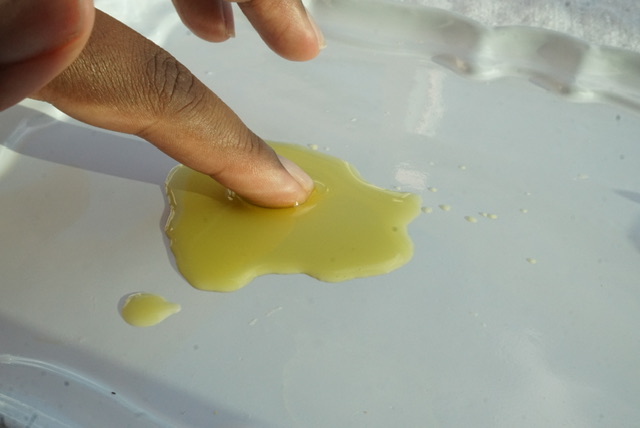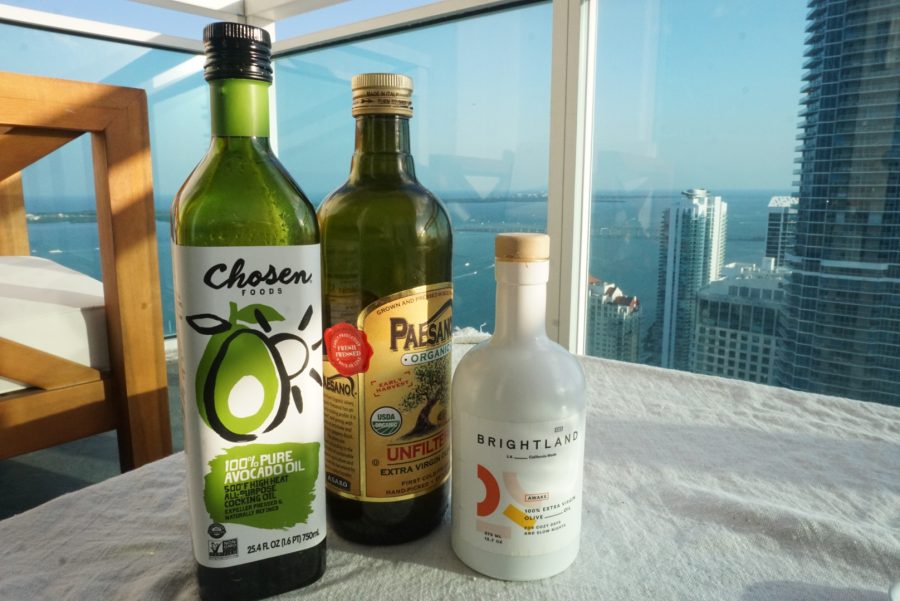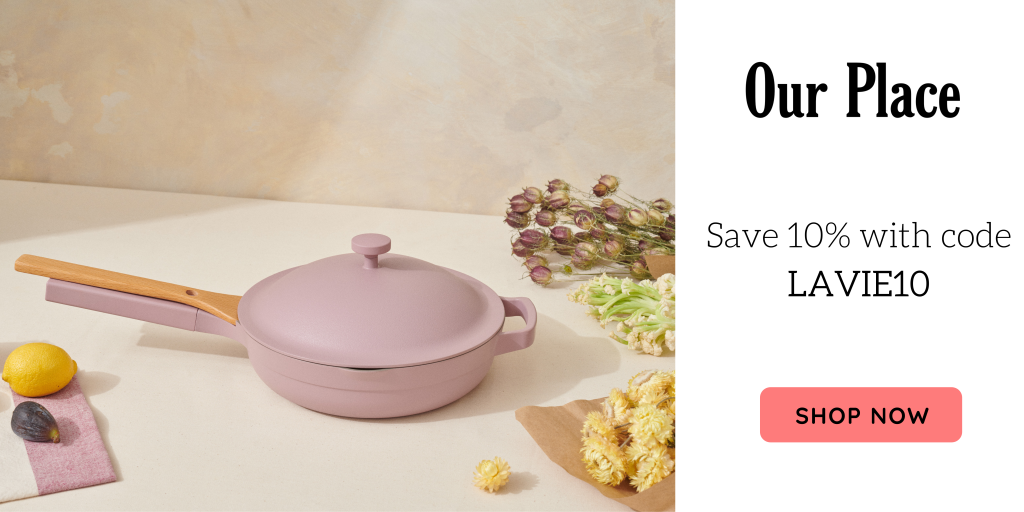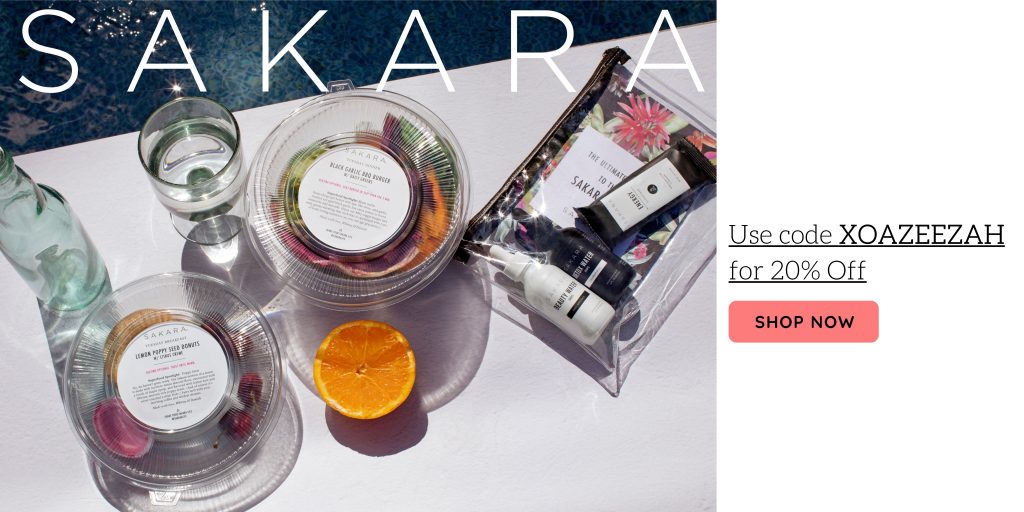Introduction
One of the fastest ways to start an argument on Beyoncé’s internet is to bring up so-called “seed oils.” Many in the health and wellness community vehemently oppose using these oils, which include Canola, rapeseed, soy, palm and other oils. Instead, they champion “healthier” oils like avocado oil and olive oil, which are extracted from the flesh of the fruit. Opponents claim that encouraging consumers use fruit oils instead of seed oils is elitist and unnecessary, and that in moderation, these seed oils provide essential dietary omega fatty acids 1.
Below, we compare two of the most popular oils in each category: Canola oil for seed oils and olive oil for fruit oils.
What are “Seed Oils?”
Seed oils is a catch-all term for oils extracted from the seeds of various plants. Pros: These oils are high in essential fatty acids, vitamins, and antioxidants, which make them a popular ingredient in many health and beauty products. Cons: The method of extracting oil from seeds involves intensive processing.

Popular Examples
Some of the more popular seed oils include:
- Flaxseed oil
- Palm oil
- Hemp seed oil
- Corn oil
- Canola oil
- Grape seed oil
- Sunflower seed oil
Canola Oil Processing
After encountering the “Great Oil Debate” online but not seeing many sources cited, I decided to do a bit of research. I came across an episode of “How it’s Made” originally aired by The Science Channel on December 3rd, 2010. This episode takes the viewer through the complete process of how Canola oil is made:
The video begins with the following claims:
“Canola oil is one of the healthiest cooking oils. Compared to olive, soybean and sunflower oils, it has the lowest levels of saturated fat. It also contains more healthy omega-3 fatty acids and is high in monounsaturated fat.”
The processing starts off innocently enough. The seeds are sent through a sieve. This step removes bits of husk and plant parts that will be repurposed for cattle feed. A magnet removes small pieces of metal and then the seeds are flattened into flakes. These flakes are then pressed, releasing approx. 75% of the oil contained therein.
Removing the remaining 25% of the oil is where things start to get dicey. The compacted flakes, called “Canola Cake,” are washed for 70 minutes with a chemical solvent to extract the remaining oil. After extraction is complete, the oil is refined. First, the oil is “washed for 20 minutes with sodium hydroxide” also known as lye. Then, centrifugal force is used to remove natural impurities, which are sold to soap manufacturers. Natural waxes are removed by cooling the oil to a low temp and removing the solids. These solids are used to produce vegetable shortening. Next, the oil is bleached to “lighten the color.” A subsequent “steam injection heating process” is used to remove the “Canola odor.” Finally (whew!), the oil is fully refined and ready for bottling.
Olive Oil Processing
In contrast, this video depicting how olive oil is made shows a far simpler process:
In the traditional method, olives are cold pressed with careful attention to the amount of friction used: too much can negatively impact the flavor. Next, the pulp is layered between hemp mats. These mats are placed in a hydraulic press. Then, a press squeezes the mats until the delicious oils are released from the pulp. The resulting oil “has the traditional cloudy golden color associated with good quality olive oil.” The modern method uses a centrifuge to separate the oil out through a fine mesh, leaving the pulp behind. Notably, no bleach, lye or chemical surfactants are used during either methods 🙃.
It is worth noting, however, that many olive oils on the market are not pure olive oil. If you can, make sure you select an olive oil from a reputable brand.
Health Claims
As far as claims regarding saturated fats, olive oil is a staple of the Mediterranean Diet, a diet which has supported the exceptional longevity of people living in the region’s Blue Zone communities for centuries. Olive oil contains antioxidants which can lower elevated levels of HDLs (High Density Lipids). HDLs can lead to clogged arteries and other health complications.

Conclusion
Here at La Vie de Zee, our official position is that in general, seed oils should be avoided if possible. Why? Not so much due to the oils themselves, but because of the intense processing that is required to make them.
My personal approach is to use high-quality avocado and olive oils for home cooking. I make note of the oils used to prepare my food when I eat out but I try not to be too much of a stickler about it. My top picks for home use are Paesano organic olive oil and Chosen Foods avocado oil. Both are available at Whole Foods and online. I could write an entire other post (which I may, watch this space) about the importance of selecting quality avocado and olive oils from trusted brands. But for now, I’ll just leave you with these two recommendations.
For more articles on food and nutrition, click here.




